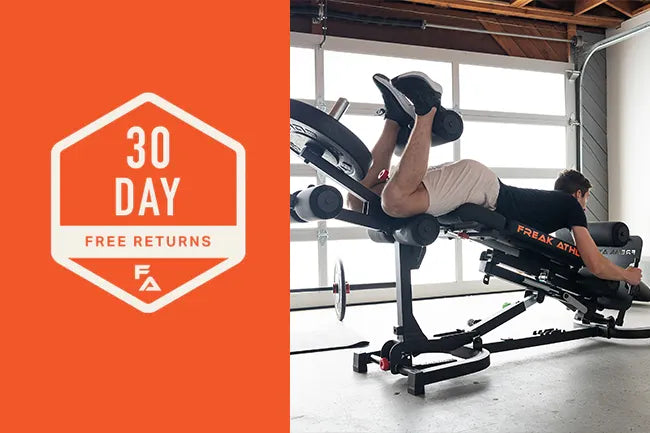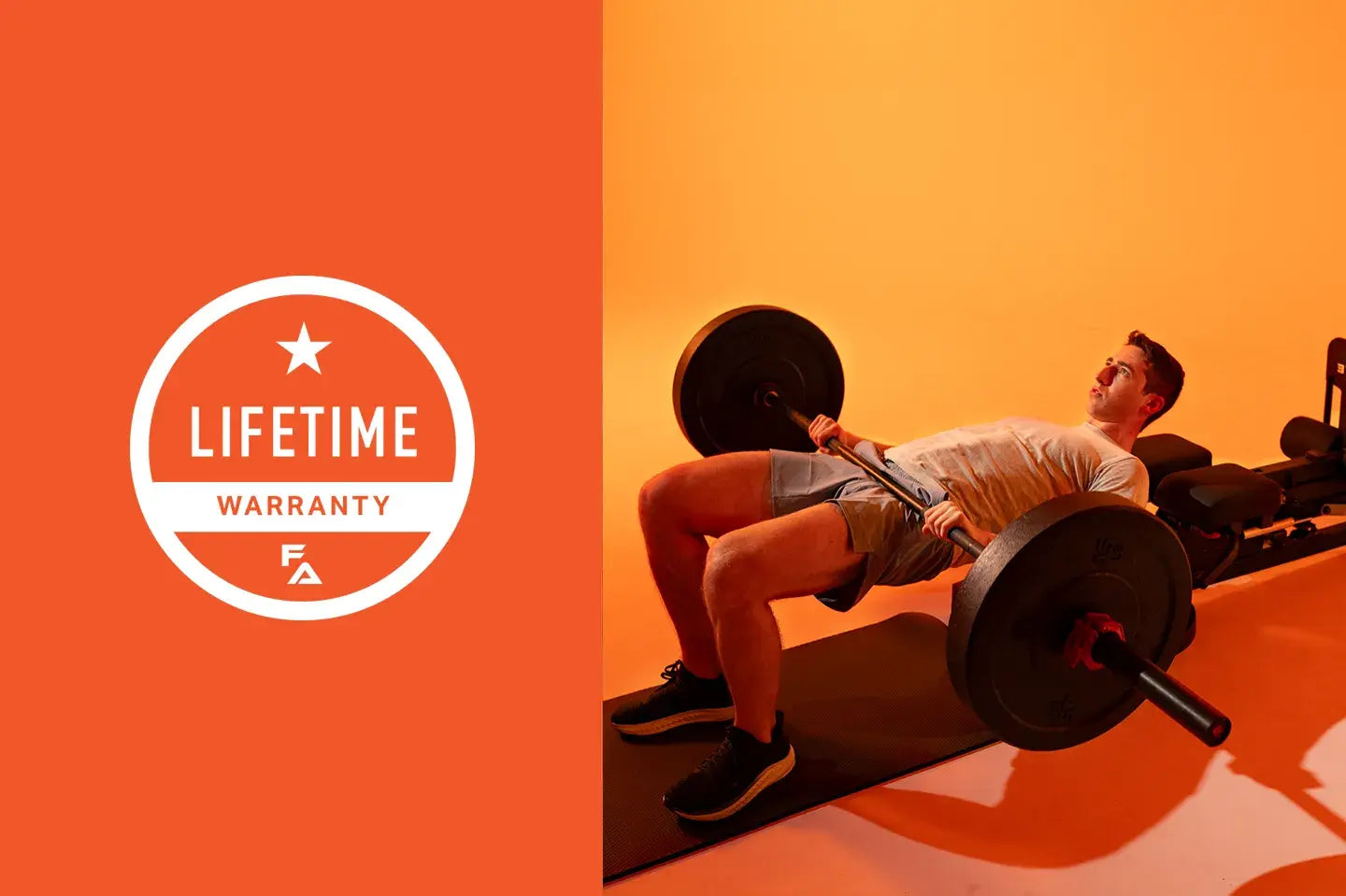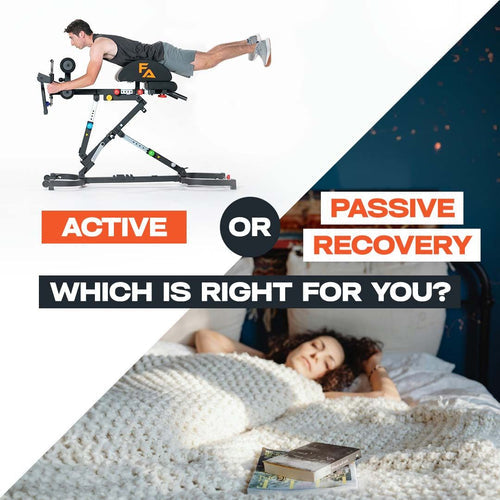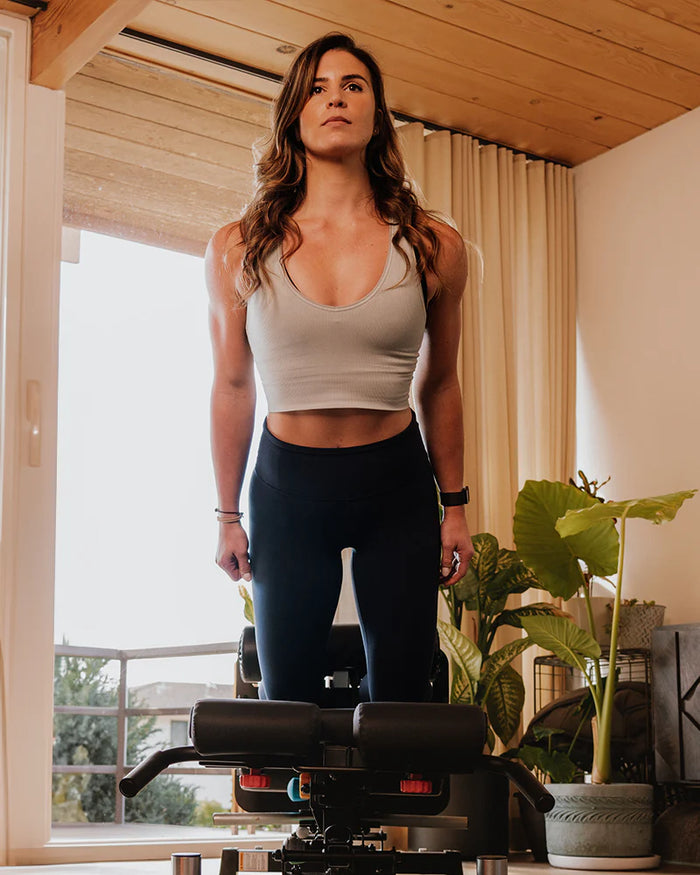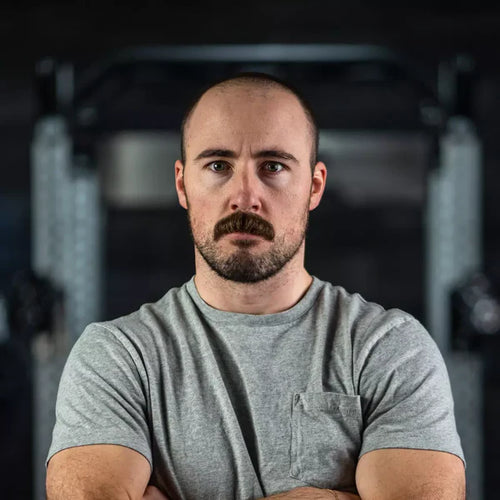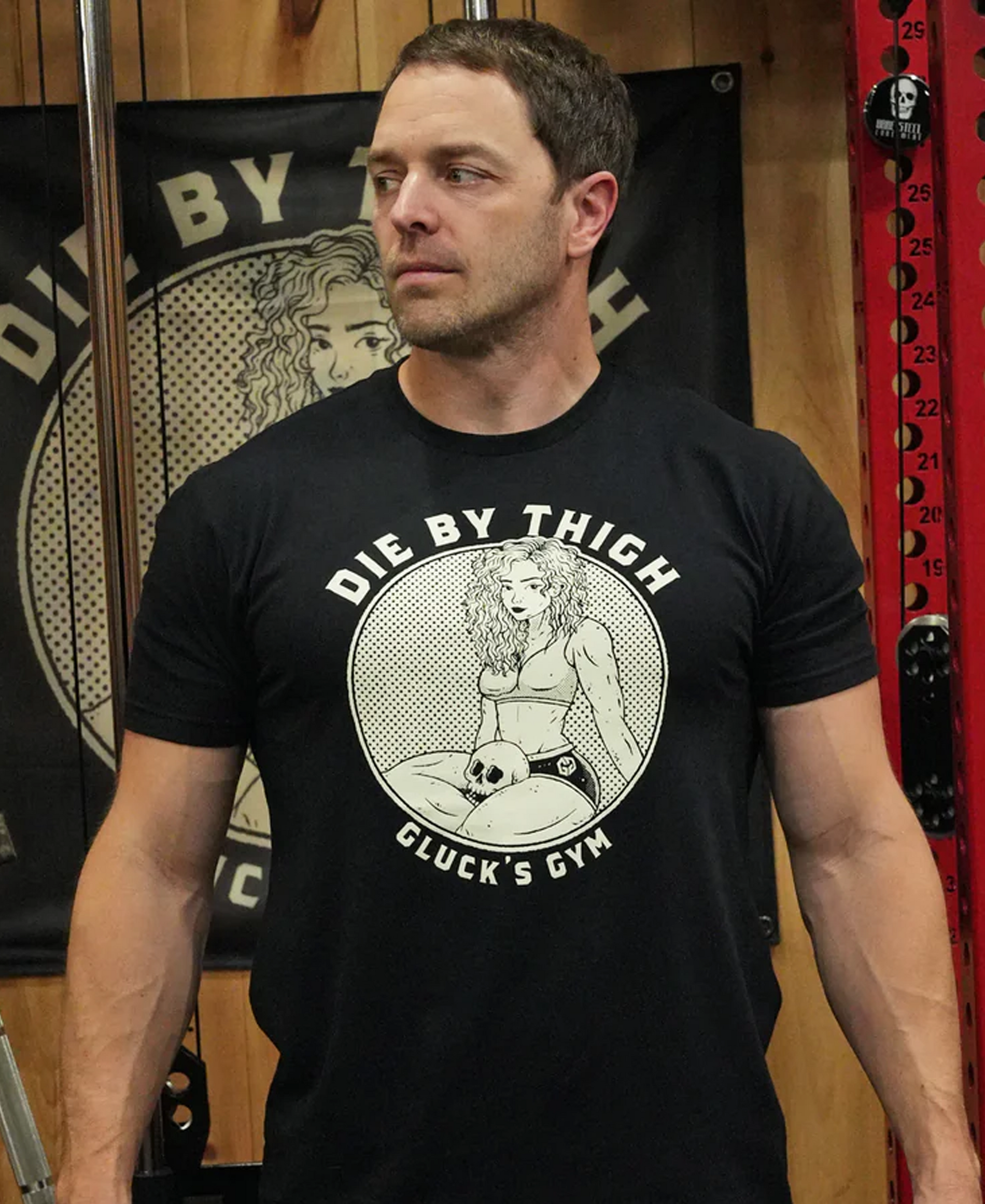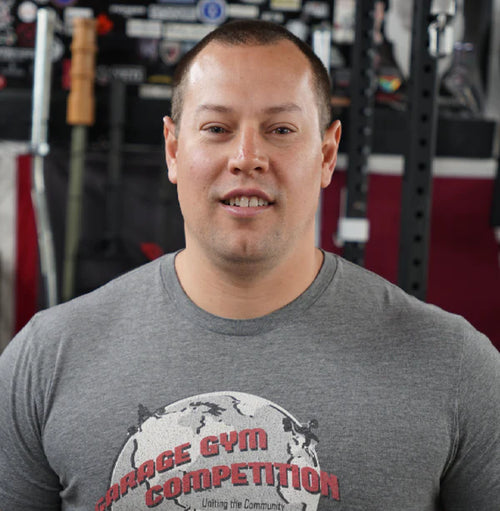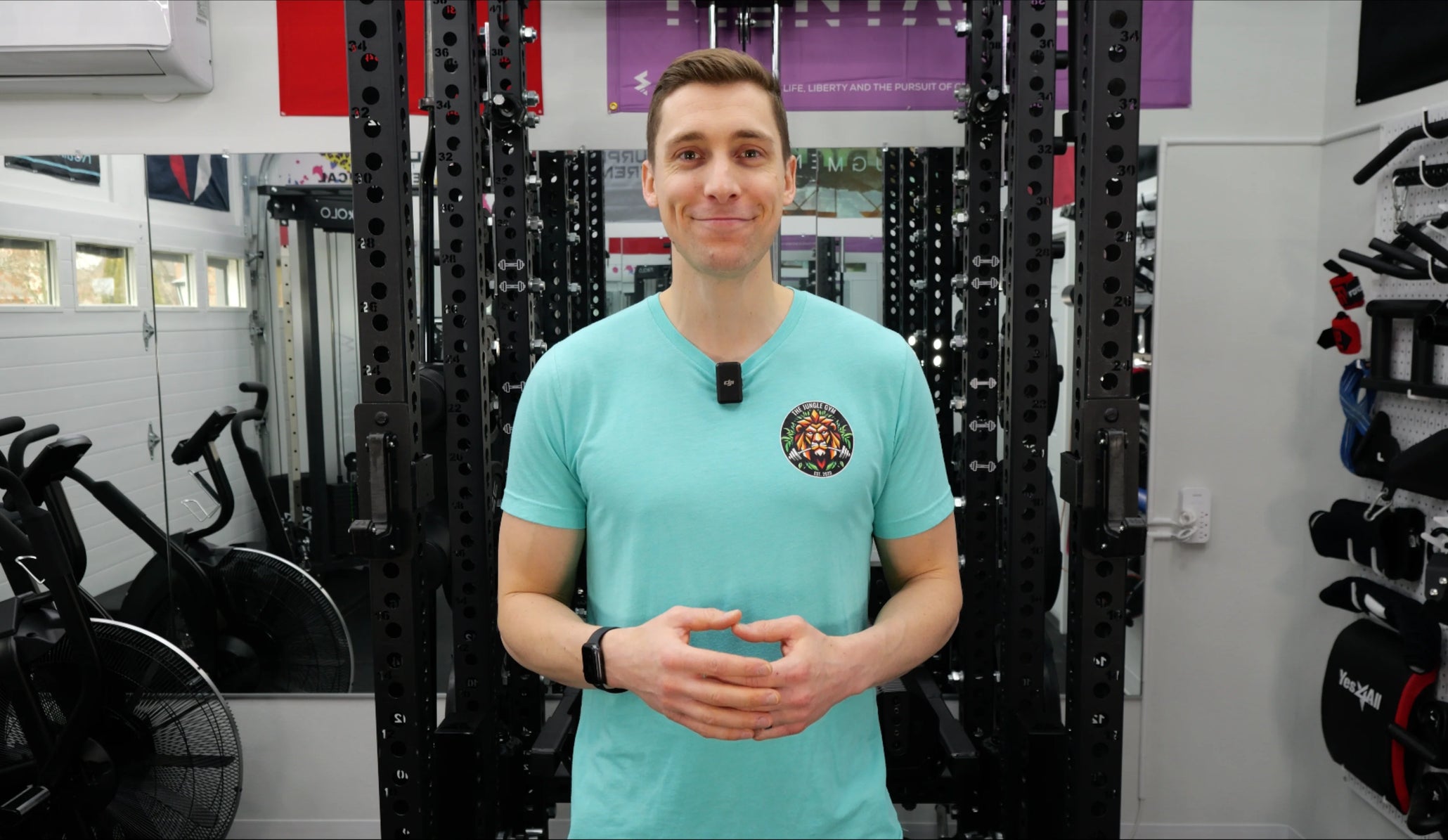PUBLISHED ON Jan, 03, 2025
Understanding Recovery: Passive vs. Active Recovery and How to Use Both for Better Training Results
Recovery is a critical component of any fitness routine. It's not just about the work you put in during your training sessions—how you recover can make or break your progress. But when it comes to recovery, not all approaches are the same. Two primary types of recovery are passive recovery and active recovery, and understanding when to use each is key to optimizing your performance and avoiding burnout.
Let’s break down these two types of recovery, how to know which one your body needs, and how tools like the Hyper Pro can make your recovery routine even more effective (and maybe a little more fun).
What Is Passive Recovery?
Passive recovery is exactly what it sounds like: doing nothing. It involves resting completely, such as lying in bed, lounging on the couch, or generally avoiding any physical activity. While it may seem counterproductive to those who love being active, passive recovery is an essential part of any training program under the right circumstances.
When to Use Passive Recovery:

- When You’re Sick: Your body needs all the energy it can get to fight off illness. Training during this time could delay your recovery and even make you feel worse.
- Injury: If you’re dealing with an injury, passive recovery allows your body to heal without placing additional strain on the affected area.
- Severe DOMS (Delayed Onset Muscle Soreness): If you’ve trained so hard that even touching the sore muscles hurts, this is a sign your body may need full rest.
Passive recovery is often misunderstood as laziness, but it’s actually a smart and necessary tool for situations where your body needs to fully recharge before adding any more stress.
What Is Active Recovery?

Active recovery, on the other hand, involves lower-intensity activities designed to promote blood flow, reduce muscle soreness, and aid in recovery. The goal is to move without pushing your body too hard, allowing it to heal while still staying active.
When to Use Active Recovery:
- Light to Moderate Soreness: If your muscles are mildly sore, movement can increase blood flow to those areas, which helps reduce soreness faster.
- Feeling Tired: If you’re a bit fatigued but otherwise fine, active recovery can refresh your body without the strain of a full workout.
- Mental Hurdles: Sometimes, the biggest barrier to working out is mental. If your body feels fine but your mind says otherwise, active recovery is a great way to stay consistent.
How to Know Which Recovery You Need
The key to effective recovery is listening to your body. Ask yourself:
-
How does my body feel?
- Severe pain, exhaustion, or illness? Go for passive recovery.
- Light soreness, stiffness, or mild fatigue? Opt for active recovery.
-
Am I using recovery as an excuse?
- Be honest. Sometimes, we default to passive recovery when active recovery could actually make us feel better.
- If your mind is trying to convince you not to workout, then challenge yourself to move your body for 5-10 minutes. You will likely find that you feel good enough to keep going!
The Hyper Pro: Your Ultimate Recovery Tool
For active recovery the Hyper Pro is a versatile tool to have in your corner.
Active Recovery with the Hyper Pro
The Hyper Pro allows you to scale intensity, making it perfect for low-impact recovery sessions. Here’s how:
- Light Hamstring Curls: If your hamstrings are sore from Nordic curls, you can use the Hyper Pro for gentle, high-rep hamstring curls to increase blood flow and promote recovery.
- Assisted Back Extensions: Sore from squats? Use the Hyper Pro’s adjustable settings to perform back extensions with less intensity, targeting your glutes and lower back for relief and mobility.
- Reverse Hyper: Back discomfort? Reverse Hypers are great for bringing blood flow to the low back on those days where you feel excessively sore.
These movements promote circulation, ease tension, and help you recover faster—all without leaving your home.
The Bottom Line: Recovery Is Progress
Recovery is not a one-size-fits-all approach. Knowing when to use passive or active recovery can help you avoid burnout, prevent injuries, and make consistent gains in the gym.
And with the Hyper Pro, you don’t have to choose between effective recovery and convenience. From light, targeted movements to hard strength training workouts the Hyper Pro has you covered.
Ready to take your recovery game to the next level? The Hyper Pro isn’t just a training tool—it’s your all-in-one solution for smarter, more effective recovery.
Shop the Hyper Pro today and make every rest day count!


